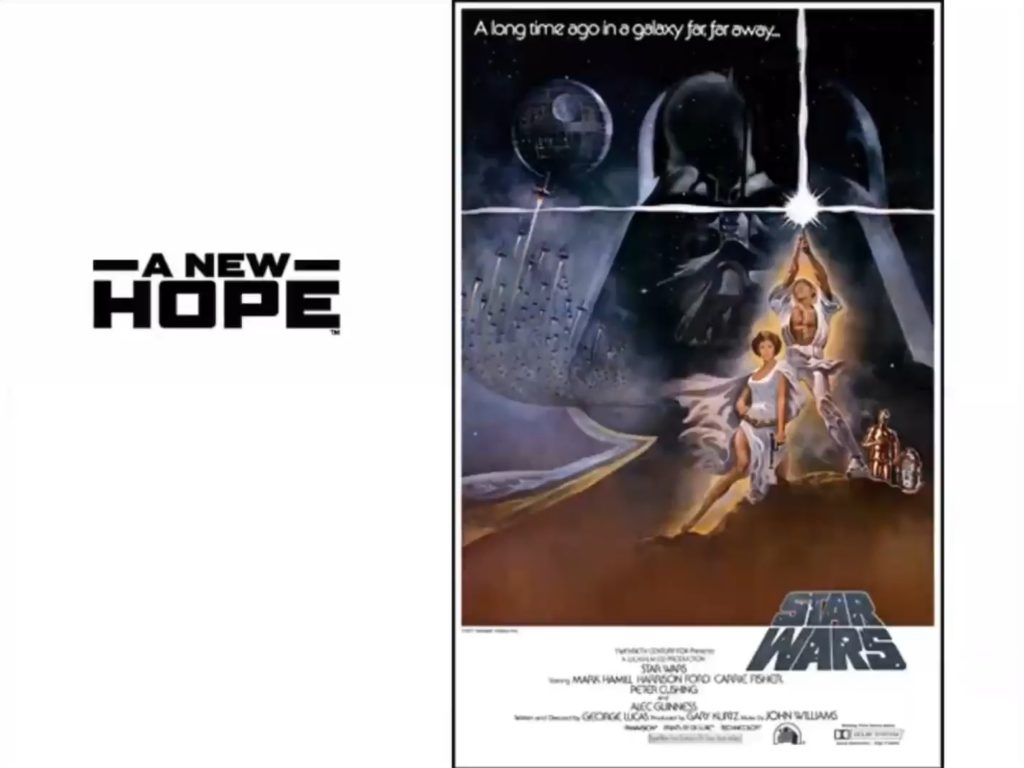Dr. Sanjay Desai is the Director of the Osler Medical Training Program at Johns Hopkins University as well as an intensivist who has mastered the art of ventilator waveform analysis. Over the next 45 minutes, Dr. Desai channels his inner Osler into an epic test of wits in this weeks core content lecture. For this talk you need to watch the video because it will be difficult to understand the waveforms without visualizing them. The goal of this talk is to really provide some outside the room diagnostic skills that you can take directly to the bedside. It’s all about pattern recognition, the more you see the better you’ll be.
Podcast: Play in new window | Download
Subscribe: Apple Podcasts | RSS
Critical Concepts
-
Autopeep (or breath stacking)
- Inspiratory volume should always equal expiratory volume (can be visualized on the volume/flow tracing)
- How it appears on the vent::
- Comparing the area under the flow/volume curve
- With an end expiratory hold (very difficult to do unless patient is very sedated)
- The expiratory flow curve does not return to baseline before the patient triggers an additional breath
- PEARL: Beware if the peak pressure is LESS than the plateau pressure. This indicates the patient is actually resisting a positive pressure breath making the peak pressure appear normal but is actually abnormal (Euboxia shout out!)
-
Ineffective triggering
- How it appears on the vent: Little negative “blips” indicating a negative flow where the patient is attempting to take a breath, but no positive pressure breath is delivered.
- Your differential diagnosis should include 3 things
- AutoPEEP: Ventilator cannot overcome the patient’s intrinsic PEEP in order to deliver a breath
- Musculoskelatal weakness: example would include myesthenia gravis, diaphragm injury, etc.
- Trigger settings are too high
- Pearl: Beware of the heart rate mimicking an ineffective trigger
-
Flow/Volume starvation
- How it appears on the vent: The shape of the pressure curve should be the opposite of the flow curve if your volume control is set to deliver a decelerating flow. (Square pressure curve should have a triangular volume cure and vice versa).
- Flow starvation will often manifest as an early negative deflection of the pressure waveform
- Volume starvation will often manifest as an late negative deflection of the pressure waveform or a double trigger



